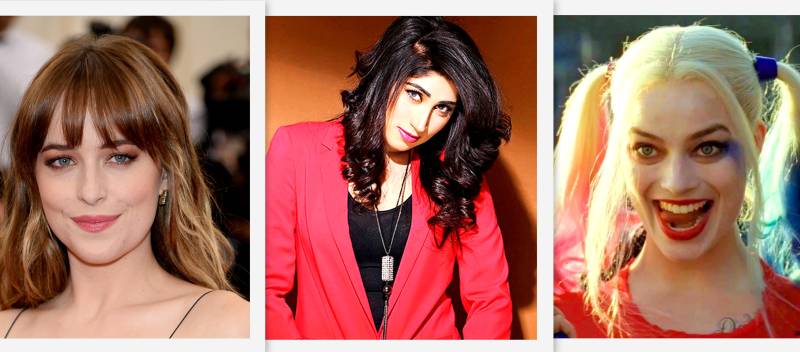As 21st century human beings, we are no strangers to women being scrutinized in the world of show business and the online controversies that follow them. Whether it’s a cartoon character, Barbie dolls, erotic fiction or real life models, we make it our responsibility to question every single aspect of all feminine roles and declare them slutty, sinful, and desperate. I am not against discussing, criticizing or even taking sides in n argument; in fact I think it’s rather important. The problem occurs when aspersions are cast on every female character brought to fame. First, we want the media to portray more women to foster equality and diversity. Then, when women come forward to play their part, we start to hate on them because their own ideas ruin our idea of how women should be. We think the media is supposed to portray them only according to the certain stereotypical roles we attach to them, stroking the egos of our dear chauvinists.
Though we’ve seen a million cases as such, three of them hold primary importance in today’s pop culture.
The first is Qandeel Baloch, the real life model who was considered slutty and shameless until she died, which is when everyone realized she had a right to be whoever she wanted to be. While hated by many for the outspoken and sleazy content of her videos she was also defended by the flag bearers of freedom of speech and expression. Qandeel must have been a bad role model for all of us.
Then we have Harley Quinn, starring in the upcoming movie Suicide Squad, this comic book character is madly in love with her fellow abusive supervillain, The Joker. She’s loved by thousands as a supervillain but criticized for her continuing obsession with the Joker despite him repeatedly using her for his own purposes and often abusing her as well. As a comic book character, she’s probably a bad role model for young girls too.
Finally we have Anastasia from Fifty Shades of Grey, a shy young woman with a 4.0 GPA who falls for her would-be boss and enters the dark world of dominance and submission. Whether she’s being abused by her boyfriend or they just have a different kind of relationship is a topic of debate. I’m guessing she’s not a good role model for us either.
I think we’re missing the point here, these three women have something in common: were these women ever meant to be role models in the first place? We say that Barbie dolls portray an unrealistic and perfect body image to young girls; well don’t batman and superman do the same? If every fictional character or celebrity was supposed to be a role model, why don’t we talk about the bad guys in fiction and the celebrities who’ve been convicted of acts of drug and sexual abuse, and why are only the women held to task? What we need to understand is that there’s always another side to the story. For every Qandeel Baloch there’s a Waseem Azeem, for every Harley Quinn there’s a Joker, and for every Anastasia there’s a Mr. Grey. However, we still struggle to grasp the fact that some women may depict negative roles too. Our idea that woman are supposed to be perfect goes so far that when we see a flawed female character, we freak out suspecting that it’s a bad role model for girls. In reality, women having negative roles in media are just as normal as men. Harley Quinn is a bad role model, but so is The Joker. Qandeel Baloch was too liberal to be a role model but the supporters of her honor killing are too sexist to be one. Anastasia makes outrageous choices but she makes the choice and bears the consequence herself. It’s debatable whether these women present strong female characters but the fact is that none of them had a responsibility to be the perfect woman our society could follow.
Upon hearing negative portrayal of women in media, the image of a scheming mother in law in a TV serial comes to mind. Surely, if she’s portrayed like that, all mother-in-laws must be that way. On the other hand positive portrayal of women in the media brings the image of a strong young and independent woman comes to mind, must be to encourage feminism and be a role model for other women. Many of us live on either extremes of this spectrum but reality lies in between. What we need to understand is that if we want a realistic portrayal of women, we can’t only see them as positive angelic role models. The good and bad exist simultaneously and we must accept that women can be just as flawed as men. If we truly want equality among gender, we need to normalize women, think of them just as human beings not perfect creatures in a society where only men are allowed to be erroneous.






